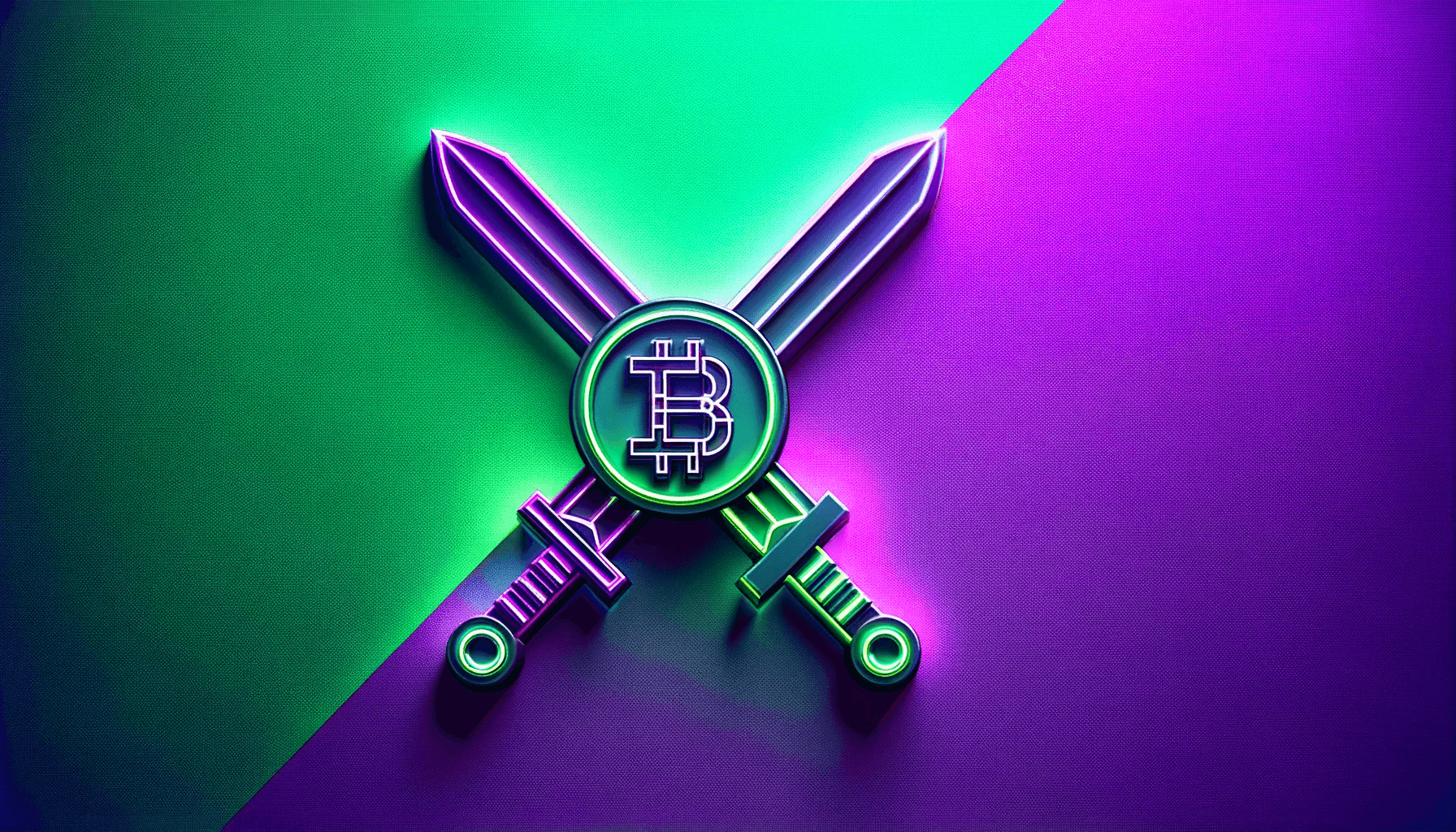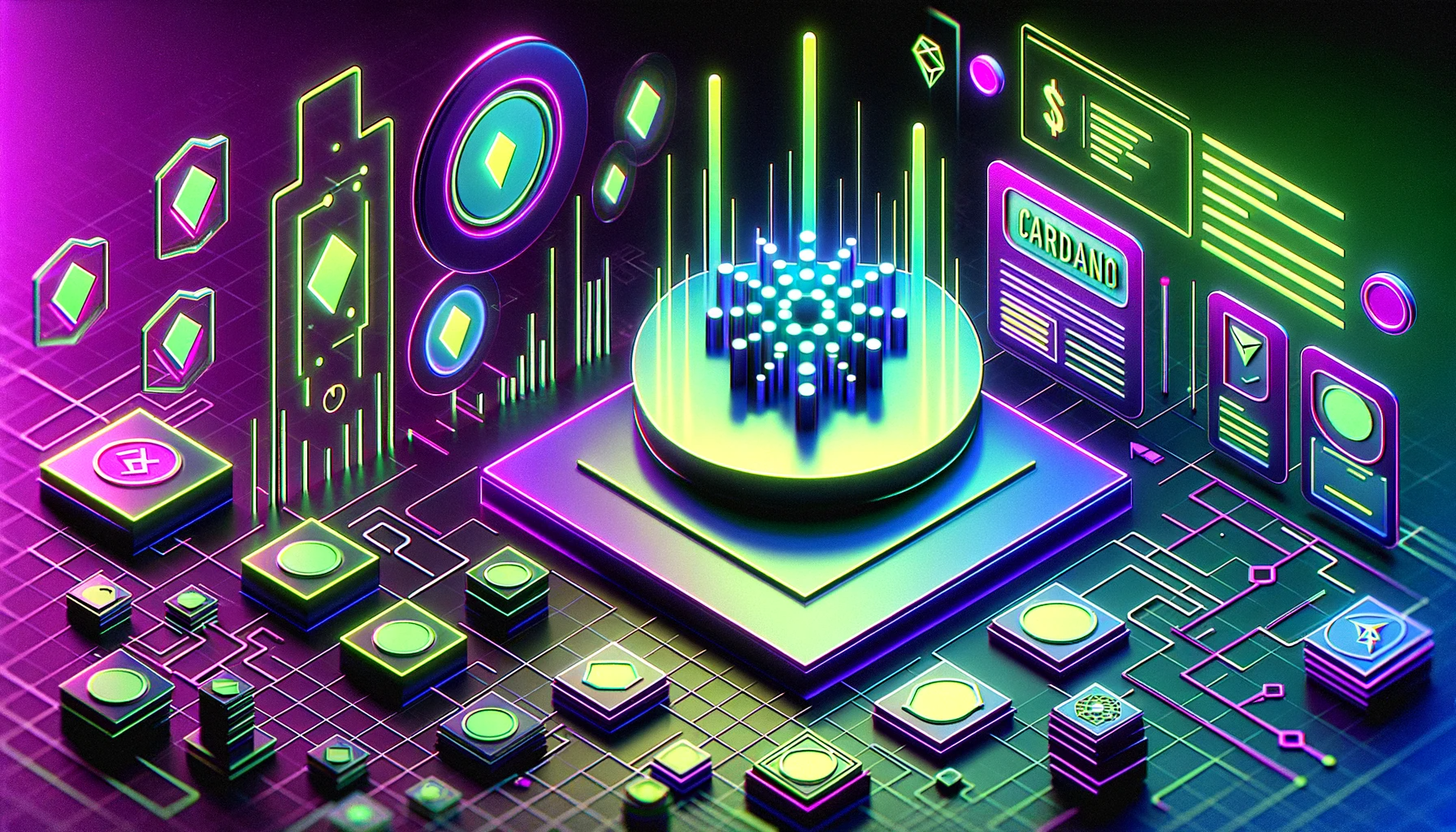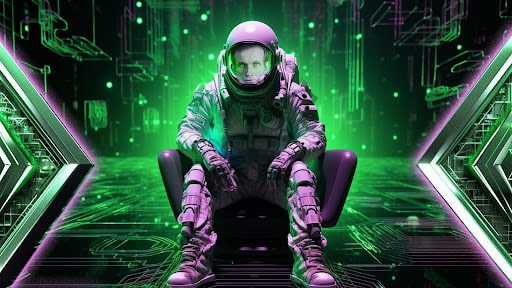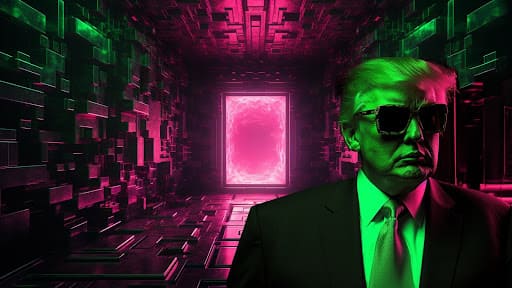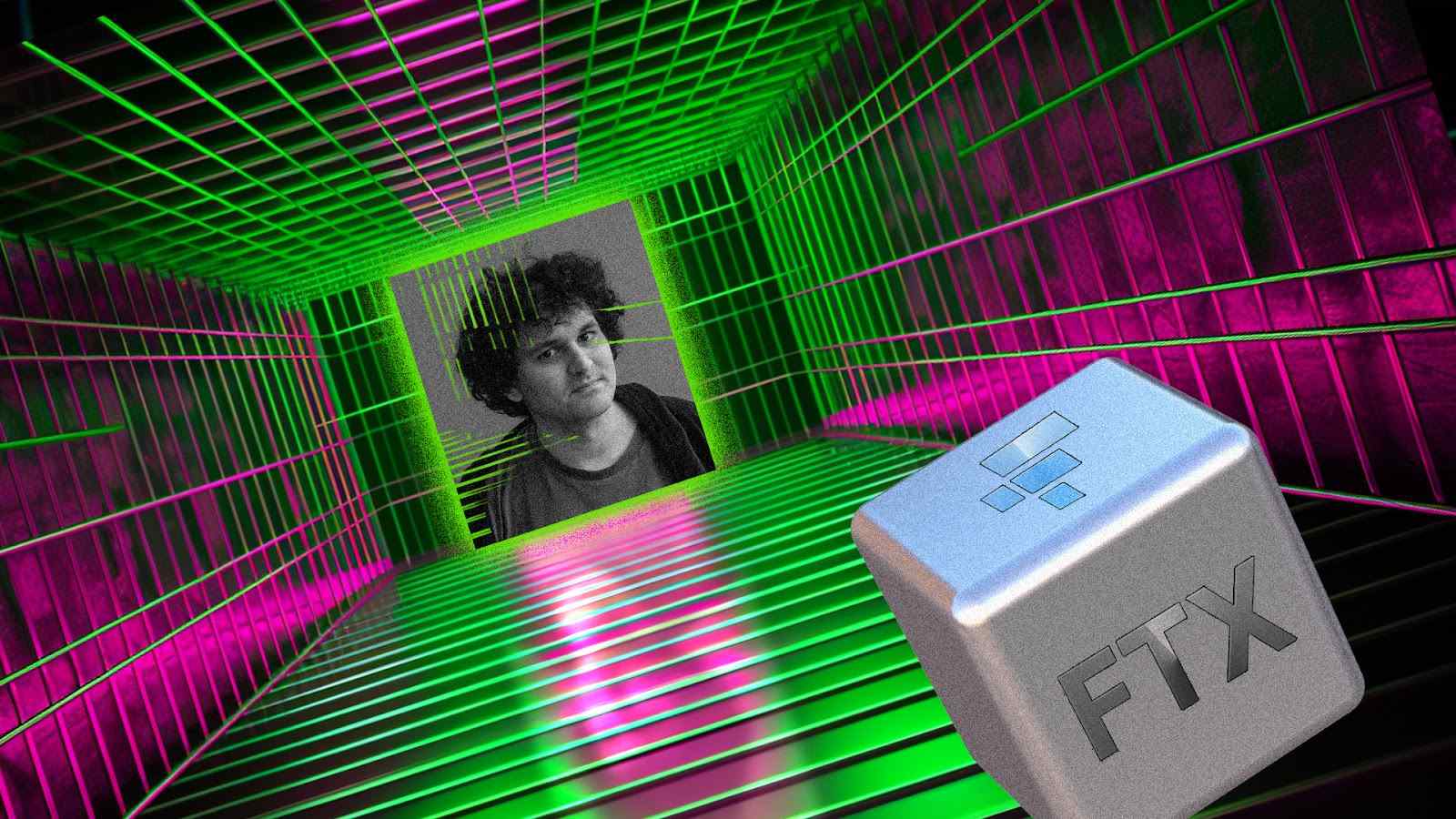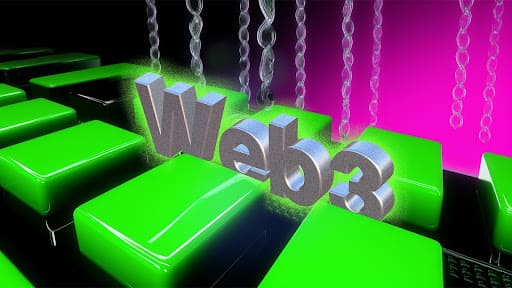
Web3 or Web 3.0 is the latest development of the internet. Often referred to as the ‘money layer’ or ‘identity layer’ of the internet, Web3 technology shifts the focus and power from large centralised tech corporations to individual users thanks to blockchain. Existing Web2 practices have helped onboard billions of users to the internet, however profits are held with centralised entities through data harvesting and advertising campaigns. Web3 is the next step allowing revolutionary opportunities for users to become owners of data and digital assets plus governing rights for decentralised web applications.
But, what is Web3 technology and how does it work? In this article, we explore the foundations of Web3 technology and key features of the Web3 industry. Plus, we discuss the history of the internet and reasons why you should learn about Web3 technology.
What is Web3 Technology?
Bitcoin, non-fungible tokens (NFTs), and decentralised applications (dapps) are all powered by cutting-edge blockchain technology, the foundation layer of Web3. Blockchain is a revolutionary technology that falls under the branch of distributed ledger technology. But what does that mean exactly? Let’s break it down into smaller chunks.
Distributed - operating across a network of participants, rather than being controlled by a single centralised entity
Ledger - a record of financial transactions
Technology - use of cryptography to provide mathematical proof and validation of transactions
Bitcoin is the original and largest blockchain network in existence. The second-largest blockchain, Ethereum, introduced the concept of smart contracts. In short, these self-executing pieces of code allow developers to build and deploy innovative web applications in a decentralised landscape. Learn more about smart contracts and decentralised applications (Dapps) below.
Web3 Technology History
To understand the revolutionary opportunities Web3 technology brings, it’s ideal to be familiar with the history of the World Wide Web thus far. In short, this can be broken down into Web1, Web2, and Web3.
Web1 - Read
The first iteration of the World Wide Web in the 1990s was read-only. This means that users could read information on websites but couldn’t do much else. Primarily, Web1 involved a collection of static websites, links and homepages owned by companies that would publish content for others to read. However, users couldn’t interact or share content.
Web2 - Read/Write
The next stage in the evolution of the World Wide Web involves users as readers becoming content producers emerging around 2004. The read-write application of Web2 meant users could create and share their own content for the first time. Web2 development allows users to write and publish content on blogs, forums, and marketplaces. Further, user-to-user interactions became mainstream through the introduction of social media platforms such as Facebook, Instagram, and Twitter.
Web2 operations are controlled by large corporations that introduced the advertising revenue model which drives billions of dollars of profits. However, these profits stay with the tech behemoths along with the ownership and rights of user data.
Web3 - Read/Write/Own
Web3 is the latest evolutionary step of the internet creating a read-write-own function for users. Web3 technology is trustless and permissionless with a foundation offering users the ability to own digital assets, content, and data rights. Turning the advertising model on its head, this means users receive the value and profits for interacting with advertisements rather than data being used by corporations for marketing campaigns and keeping all of the profits. An example of this is Brave Browser which pays its users in its native BAT token to view advertisements whilst interacting with the browser.
Beyond cryptocurrencies, non-fungible tokens (NFTs) allow for digital ownership in unprecedented ways. This is particularly prevalent with gaming applications. In Web2 gaming, assets and in-game items are owned by the gaming company. However, with Web3 gaming, in-game items can be truly owned by the users, traded across decentralised marketplaces, and will remain under user ownership even if a user stops playing the game.
Features of Web3 Technology
The use cases for Web3 technology are broad. However, there are several key principles to the Web3 industry that apply throughout.
Firstly, Web3 offers a permissionless environment that means anyone, anywhere in the world with an internet connection can access Web3 applications. This includes decentralised finance (DeFi) applications, invaluable to people in the world who don’t have access to traditional banking services.
Secondly, Web3 is decentralised. This means applications are controlled and owned by users of the platform rather than a centralised entity. Further, profits from applications are often distributed to its users rather than a single governing organisation through tokens and cryptocurrencies.
Finally, Web3 applications are trustless and censorship-resistant. The peer-to-peer power of blockchain technology removes the need for costly third-party intermediaries and instead uses cryptography and economic incentives to run the networks Web3 applications are built on.
What is Blockchain Technology Used For?
As the basis for Web3 technology, blockchain has many use cases. Below we explore some of the key operations blockchain technology is used for.
Cryptocurrencies
Often referred to as the ‘money layer’ of the internet, Web3 technology is powered by decentralised payment networks that manage an exchange in value using cryptocurrencies. The value of cryptocurrencies is determined through supply and demand with various tokenomic structures that incentivise the utility of tokens on Web3 platforms. This removes the need for payment processors or banks and drastically speeds up confirmation times of payments.
Non-fungible Tokens
Non-fungible tokens or ‘NFTs’ are pieces of code that represent a unique piece of data. This could be anything from a piece of artwork, a meme, or even a tweet! Web3 technology allows for just about anything to be tokenised, including off-chain real-world assets such as real estate.
Decentralised applications (Dapps)
Thanks to the introduction of smart contracts, developers can design, deploy, and manage decentralised applications (Dapps) that don’t require the use of centralised entities. In a nutshell, this brings censorship-resistant opportunities to interact with and own assets on innovative applications not available with Web2. This includes decentralised autonomous organisations (DAOs) and Web3 social media platforms which give data and governing rights to users.
How Does Blockchain Technology Work?
Web3 technology, namely blockchain, operates across a distributed network of computers called nodes. Nodes are responsible for validating transactions and maintaining the upkeep of a blockchain network through a process called ‘mining’. Mining transactions involves the use of a consensus mechanism which allows all nodes in a network to agree that a transaction is valid. The most common type of consensus mechanisms include Proof-of-Work and Proof-of-Stake. Plus, all nodes uphold a public record of each transaction which allows participants to easily see if someone is trying to manipulate the network.
In a Proof-of-Work network, such as Bitcoin, the nodes or miners compete using computational power to solve complex equations that mathematically verify transactions. Each transaction produces a hash or a unique long string of numbers that is cryptographically entwined with the previous and following transaction. When a transaction is confirmed, it is placed into a ‘block’. When a block is full of transactions it becomes appended to the ‘blockchain’ - mathematically linked with the previous block.
Blockchain miners earn transaction fees and block rewards to incentivise the upkeep of a network. The cost of the computational power needed to hack a blockchain means it is generally more profitable to be a miner than to manipulate the network. Further, the larger the network of nodes, the more secure it becomes.
What is the Difference Between Cryptocurrency and Blockchain?
A common question is “what is the difference between cryptocurrency and blockchain?”. The answer is simple - blockchain is the underlying technology used to create cryptocurrencies. Anyone can create a cryptocurrency in the same way it’s possible for anyone to create a website. What gives a cryptocurrency value is the utility and tokenomic design.
Why Learn About Web3 Technology Basics
Web3 technology is cutting-edge and progressive, seen as the next evolutionary step in the development of the internet. Learning about Web3 technology puts you at the forefront of technological innovation with opportunities to interact with new social and financial applications.
The Web3 industry is largely known for investment and profit-making opportunities with digital assets such as cryptocurrencies and non-fungible tokens (NFTs). Learning about Web3 technology and its history could be a profitable endeavour, covering topics such as macro economics, trading, and web development.
For developers, learning about Web3 technology brings the opportunity for innovation and creativity with building applications. Web3 technology is open-source allowing censorship-resitant and peer-to-peer development of exciting and new web applications.
Exploring Web3 Technology Basics Summary
Unlike Web1 and Web2, Web3 technology allows users to have control and ownership over their content and data using blockchain. Plus, Web3 technology brings the opportunity to invest in digital assets such as cryptocurrencies and non-fungible tokens (NFTs). Web3 technology facilitates peer-to-peer transactions removing the need for third-party intermediaries, speeding up transaction confirmation times and reducing costly fees.
The read-write-own interaction of the internet allows for decentralisation and permissionless access to decentralised applications (Dapps). Further, users can have a say in how the operation of an application should run using decentralised governing protocols involving token rights and decentralised autonomous organisions (DAOs). In conclusion, Web3 technology allows users of the internet to shift from being the customer or product, to shareholders and active participants.
Want More Cutting-Edge Crypto News?
Follow Us: X TikTok Instagram Telegram LinkedIn
Sign up to our newsletter at the bottom of the page
Check Out Our Top 10 Crypto Currencies of 2023
This article is intended for educational purposes and is not financial advice.


